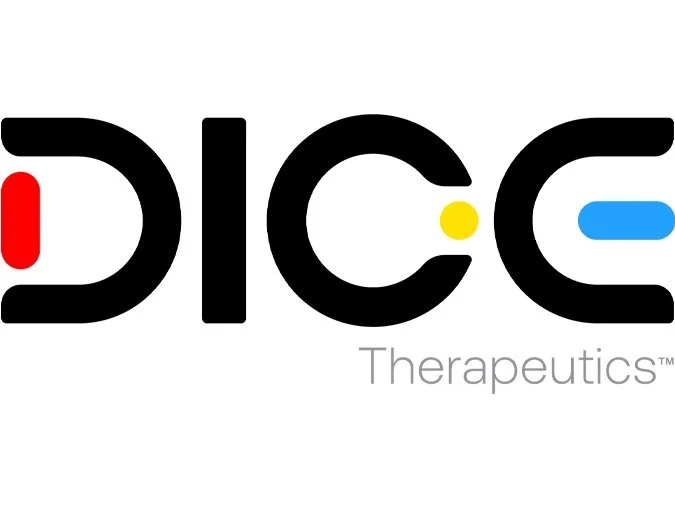Quick Intro & Result
As the UX strategist on this project, I leveraged research and data to guide the design and development teams in creating a beautiful, navigable, and scannable website for an amazing company that can hopefully make the world a healthier place.
The biotech company Dice contracted with my team. They were about to share some exciting news about their science with the world and wanted us to create a new look and website.
Note: I can’t say our website made it happen. However, I’d like to think in some small way, we helped inform the decision makers who just purchased Dice for $2.4 billion.
-
This style of sitemap is excellent for presentations with clients who are new to website creation.
At a high level, we cover hierarchy, navigation, linking, and story all in one shot. This makes it easy for the client (usually a room of stakeholders) to understand and comment on.
-
Having a clickable prototype, even in grayscale, helped clients to understand the content their site would communicate.
I learned to simplify the concepts in the wireframes so the design team wasn’t constrained.
In this instance, I was proud to have even a few of my concepts make it into the final site.
-
I can’t take credit for the question, but for noting the answer. The client was asked how they explain their science to a non-scientist or family member and they likened their small molecule inhibitor to a door stop holding open a door.
That little sketch/note was eventually added to site as a fun scrolling animation.
My Role
As the UX strategist, I ask questions, create sitemaps/ information architectures, and construct wireframes used by the design and development teams to meet project goals. These result in a clickable Figma prototype for desktop and mobile that are shared with the client for feedback and approval.
Note: I work with an amazing team. My contributions live between the brand and design folks, in a waterfall methodology. I also communicate with the development team, especially when crafting filters :) I did not create these websites, but I helped make them more usable.
Biotech is a niche industry. Therefore, I had to form a better understanding of this client, their science, audiences, and industry in order to understand their needs and fulfill my role. Needs were mainly established through stakeholder interviews, secondary research, and data gleaned from heat mapping software.
Dice’s website needs and my approach:
Client Needs
My Approach
Client Needs
My Approach
Client Needs
My Approach
Dice has a strong culture and values that could potentially reshape the priority of content. Investors, however, are the website’s main audience and it was important they have a familiar experience.
To ensure this, I reigned in stakeholder deviations within the sitemap and architecture, allowing investors to experience less friction.
1- Improve recognition of Name and Science within the industry.
Measuring: With a minimal budget for testing, large surveys were not an option. However, we were able to watch Google analytics for increased traffic after the site launched.
Increased discovery and minimized bounce rates, leading visitors to learn about Dice and their Science.
Processes:
• Designed dedicated pages presenting the Science, Pipeline, and Leadership using chunked, scannable amounts of client-generated content.
• Prioritized the upper areas of each page for critical elements as my research showed scroll rates decline after the first 20% of pages.
2- Create a smooth discovery for investors.
Measuring: Using Heat Mapping software, I reviewed visitor flows, clicks, and scrolling. High page visits and attention rates indicated successful discovery and navigation even if visitor’s intent was unknown.
Actions to give priority:
• Careers link placed in the main navigation to the right of the investor-focused pages, maintaining the familiar hierarchy.
• CTA links added inside high traffic pages guiding visitors to the Careers page.
• An additional link was added to the footer, as a fall back.
3- Meet recruitment needs.
Measuring: The most accurate way to see the impact of the design would be to request application and submittal numbers following the website launch.

